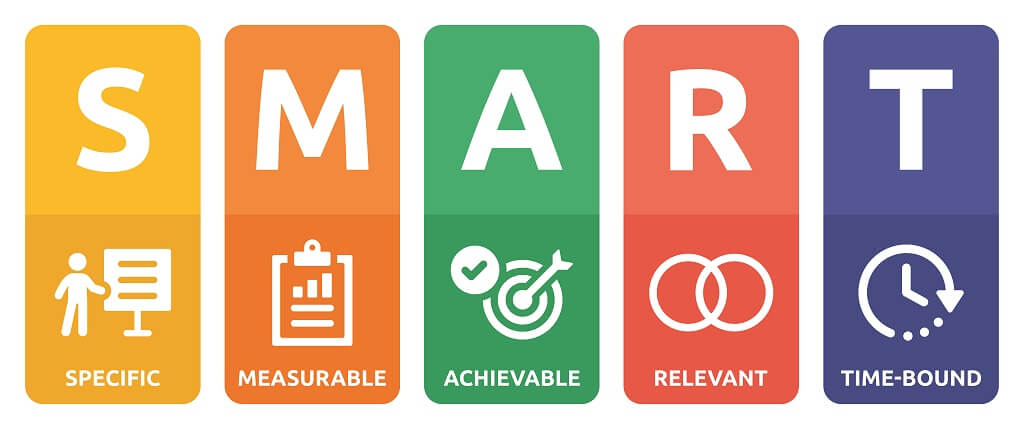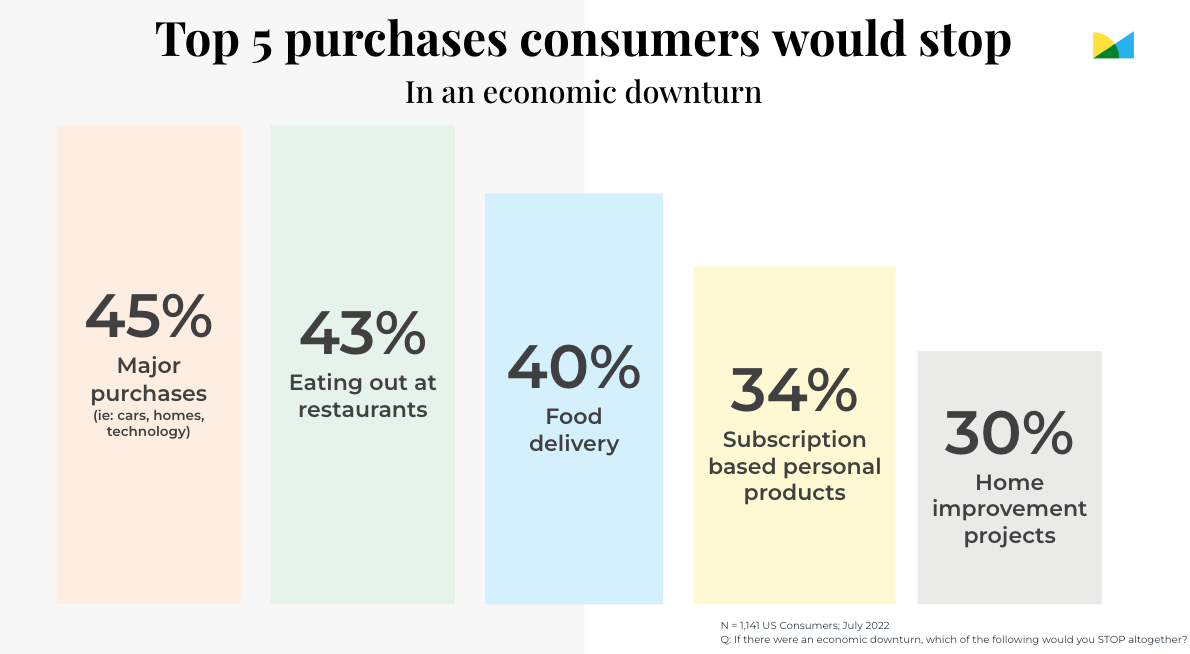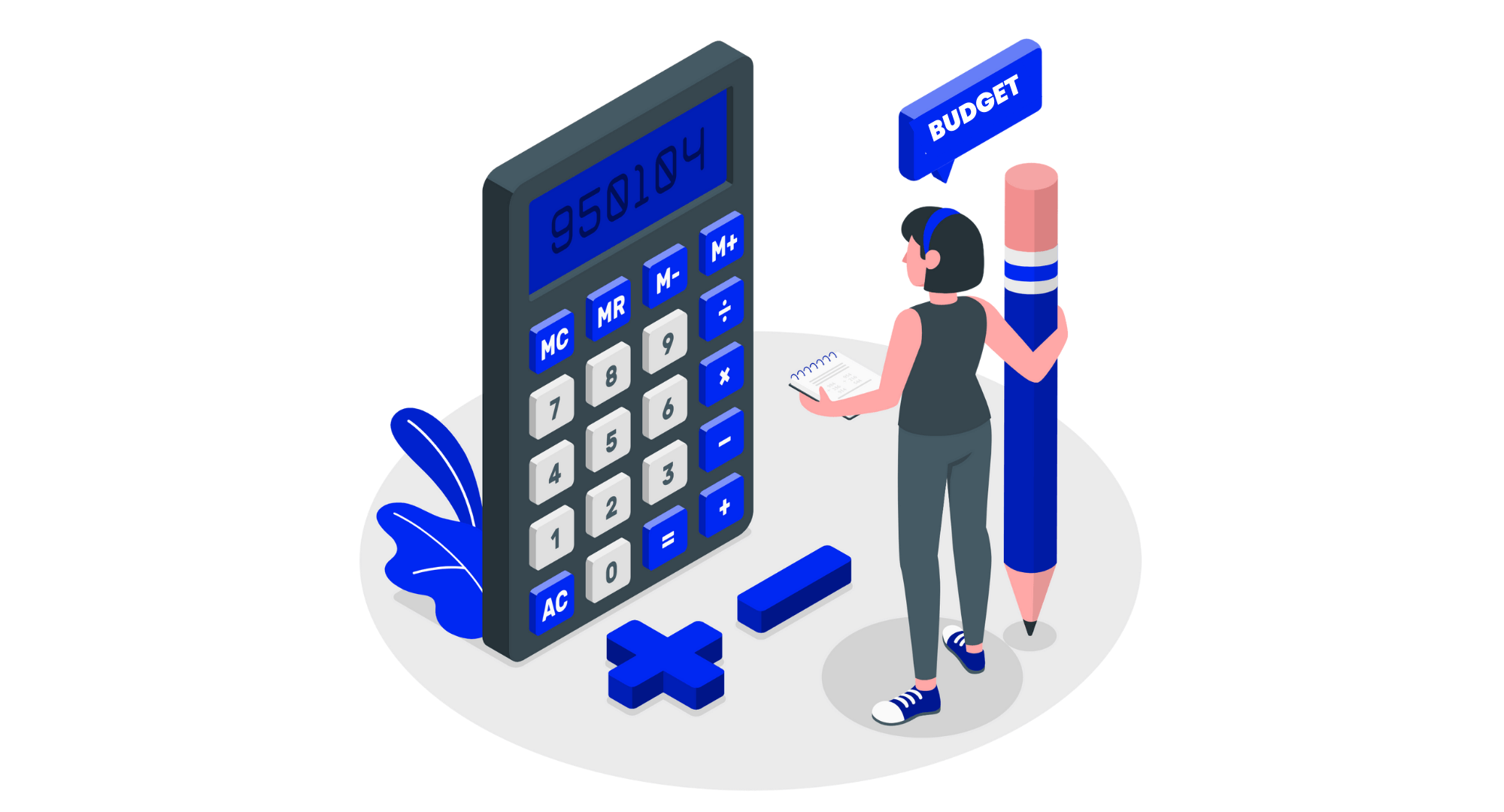
Streamline your invoicing
with Billdu invoice maker
Invoicing, expense tracking, quotes, automation. Learn why Billdu is one of the most popular mobile invoicing apps.

Do you feel like the budgets you’ve been creating for your small business aren’t helping you make strategic business decisions that drive growth or stay on track with your finances?
Before you postpone creating another budget (or give up on creating one altogether), consider using SMART goals for budgeting.
Work smarter, not harder. It’s a cliche, I know, but using SMART goals will help you:
In this article, you’ll learn why using SMART goals are important when creating a budget, how to use SMART goals for budgeting, as well as the do’s and don’ts to keep in mind when using SMART goals for budgeting.
SMART Goals stands for:
Let’s dig deeper into each of these elements of the acronym:
S: Specific: Define what you want to achieve with your budget to help you stay focused on one thing at a time.
M: Measurable: How will you measure the goals you set in your budget? If you have several employees, you’ll need to have regular status update meetings with relevant team members to keep track of your performance.
A: Achievable: The goals you set need to be within reason, based on the stage of business growth you’re in. An achievable goal pushes you beyond your comfort zone but still remains within your reach.
R: Relevant: The budget goals you set need to align with your strategic, tactical and operational goals. Does the budget you have in mind conflict with any of the goals you’ve set for your business?
T: Timebound: You need to implement your budget within a specific timeframe to help you stay accountable and achieve the targets you’ve set for yourself.

That said, SMART goals help you to:
SMART goals provide a link between your revenue, cash flow, and expenses to your business goals. Here’s what I mean:
Each business has goals that guide its long term and short-term initiatives:
Each of these business goals help you create accurate financial projections for your business in a specific time frame.
Using SMART goals for budgeting helps you allocate finances that support the initiatives you have that will help you achieve your business goals, making it easier to keep track of and understand where your money goes.
Using SMART goals in budgeting helps you go beyond tracking revenue, cashflow, and expenses by keeping an eye on what you spend on and the ROI you get from your business expenses.
For example if you’re paying for certain tools you don’t need, and it would be cheaper if you used an all-in-one platform for your business instead of relying on a specific tool for a specific use case.
So instead of using different tools to manage investor relations, a cheaper and effective alternative is using a CRM to manage all these relationships in one place.
The past few years have been uncertain for small businesses, right from the pandemic to lockdowns, and uncertain economic times due to a global recession.
Most small businesses have closed down. Those that are still open have chosen to control spending by cutting back on planned expenditure, going slow on expansion plans, and freezing the hiring of new employees.
However, the most common survival strategy small businesses are using is increasing their prices to match the rising cost of doing business.
In the UK, for instance, a report by Simply Business reveals that 21% of small businesses are increasing their prices by 6-10% to help them stay afloat.
Globally, a similar study by Facebook on the State of Small Businesses also reveals that due to inflation, 24% of small businesses have increased their prices by 20% in the past six months.
If you want to survive, you’ll need to use SMART goals for budgeting to know what expenses to cut back on, how to be more efficient, and how to stay afloat while still meeting your financial obligations.
When using SMART goals for budgeting, start by looking at your financial data analytics to see how your previous budget has helped you achieve your business goals.
The data you have will help you identify the areas your budget will focus on to help your business grow. When reviewing your data, here are two questions you’ll need to answer:
The answers to these questions will vary based on economic and social trends that affect how consumers spend their money. For example, in the current economic climate, most consumers plan to cut back on spending:

Small businesses offering products and services in any of these categories and looking forward to acquiring more customers will need to adjust their goals to survive.
Here are two examples of strategic goals it would create and how they would look like when you use SMART goals for budgeting:
Strategic goal: Retain our current customers by improving the level of customer satisfaction
SMART goal for budgeting: In six months, we’ll have achieved our estimated revenue goals by retaining 85% of our current customers by increasing their level of satisfaction through using help desk software to handle their inquiries and training our customer representatives.
Strategic goal: Manage the rising cost of doing business
Specific: I want to continue meeting my financial obligations for my recurring purchases by increasing the cost of the services I provide.
Measureable: My goal is to increase prices by 9%.
Attainable: When we explained to our customers that the cost of business has increased, only 3% of them objected to a price increase
Relevant: By increasing the prices of the services I provide, I’ll pay my business expenses on time and continue serving my customers and achieve my revenue estimates
Time-bound: In 3 months
SMART goal for budgeting: Over the next three months, I will pay for my business expenses by increasing the price of the services I provide by 9%. It will allow me to continue serving my customers and achieve my revenue estimates.

When using SMART goals for budgets, here are a couple of things to keep in mind to make sure they make your budget effective:
Avoid copying what others are doing: Your business is unique so make sure that you rely on your data when using SMART goals to create your budget. Copying what everyone else is doing will distract you from creating meaningful budgets.
Review your goals and budget every month: The business environment is dynamic so you need to keep an eye on trends that shape consumer behavior and how you run your business. At times, these trends require you to adjust your goals to help you stay competitive and survive. Use them to create relevant budgets that align with your business goals. It’s easy to get carried away by the strategies other businesses use to grow their businesses.
Avoid sandbagging: creating a budget will generate revenue estimates that don’t motivate you to grow and won’t make your business grow. Set goals that stretch you.
A budget that lacks specificity, relevance, and specific timeframes to measure progress gets in the way of helping you achieve your business goals.
Creating a budget using SMART goals allows you to stay focused on what matters to your business by allocating finances to help your business grow.
During financial uncertainty, when you’re required to find ways to survive, SMART goals for budgeting will help you know what to focus on to stay afloat.
Use Billdu to help you track expenses and generate invoices for your business so that you have access to the data you need to create an accurate budget.







Sign up now for a 30-day free trial and get 20% off on your first subscription
By signing up you agree to Terms of use and Privacy policy